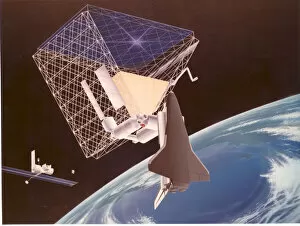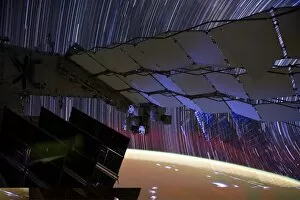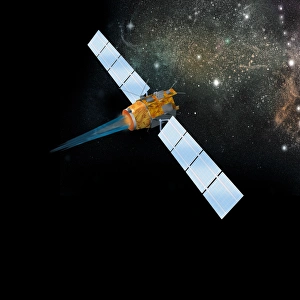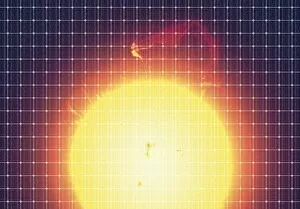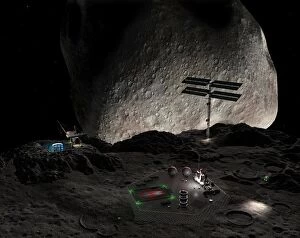Solar Array Collection
In March 2009, the International Space Station witnessed a remarkable addition - solar arrays
All Professionally Made to Order for Quick Shipping
In March 2009, the International Space Station witnessed a remarkable addition - solar arrays. These incredible structures were not only limited to space; their concept dates back to 1984 when NASA introduced the Roof Space Station Concept. Fast forward to April 2, 2021, and we see dedicated NASA and Boeing workers carefully lifting these solar arrays into flight support equipment for the International Space Station. The precision and expertise of these workers are evident as they maneuver the massive solar arrays in the high bay of the Space Station Processing Facility at NASA's Kennedy Space Center in Florida. The sight of these cutting-edge technologies being positioned onto flight support equipment is awe-inspiring. Before their installation, we catch a glimpse of two out of six solar arrays awaiting their ascent into space. Spectrolab in Sylmar, California serves as an essential hub where Boeing's CST-100 Starliner spacecraft's they are prepared for deployment outside Earth's atmosphere. At the loading dock outside NASA's Space Station Processing Facility high bay, anticipation fills the air as preparations continue for this groundbreaking mission. John Carr stands proudly among his team members as co-principal investigator for NASA's Lightweight Integrated Solar Array and Transceiver Project - a testament to human ingenuity and dedication towards harnessing renewable energy sources beyond our planet. These captivating images showcase humanity's relentless pursuit of exploration while highlighting our commitment to sustainable practices even amidst challenging environments like outer space. As we witness advancements like these, it becomes clear that innovation knows no bounds when it comes to unlocking new frontiers and embracing cleaner energy solutions for a brighter future both on Earth and beyond.


